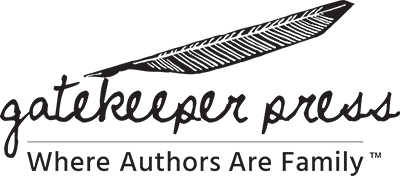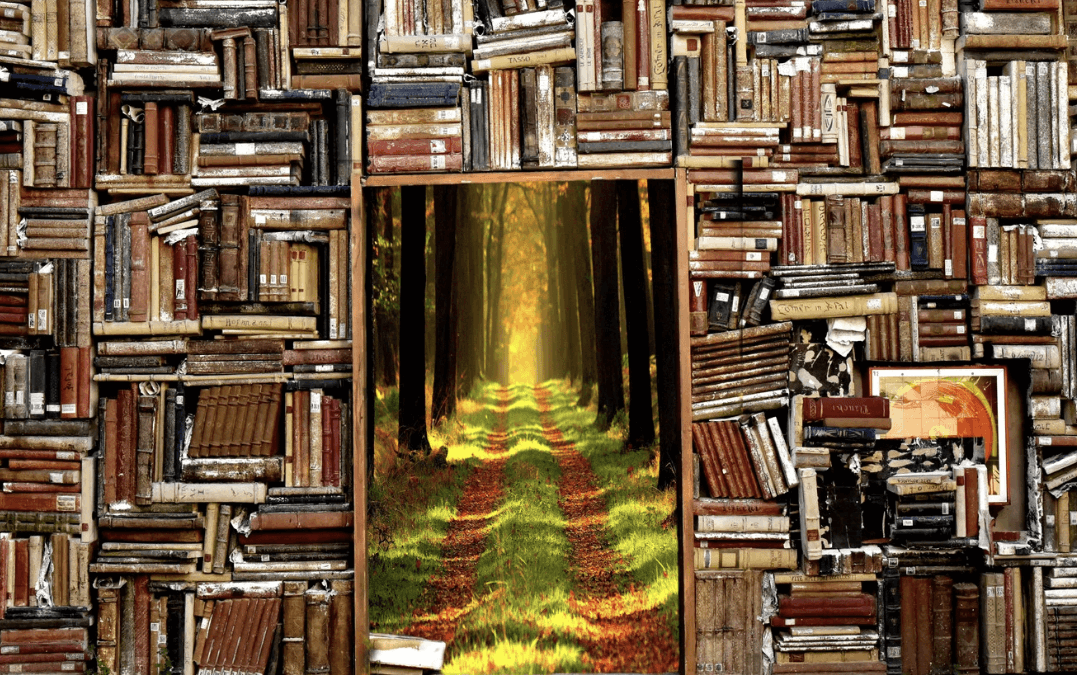You are bursting at the seams, just dying to write your book idea. You’ve created some interesting characters and have a general idea about the story you’ll tell, but you just can’t come up with a strong story setting in which your tale unfolds. Fear not! This handy guide provides some amazing story setting ideas that are categorized by genre.
The Importance of Setting
Authors take great storytelling to the next level when they create an intriguing setting in which the action takes place. Regardless of the length of the story, whether you are writing short stories or full-length novels, an interesting story setting is a must. Why is that? Shouldn’t the writing itself, combined with some rich character development, be enough to carry the story?
In fact, the setting is an essential literary element that provides the context for the story. The setting establishes the time period and location, as well as the many details and nuances that make that place interesting — a place the reader would love to visit in real life. A compelling story setting elevates the narrative and thus enhances the reader experience.
Examples of Iconic Settings
Consider these beloved books, and how their settings helped to shape the story:
- The Hobbit. J.R.R. Tolkien’s Middle Earth was composed of a fantastical world brimming with mystical creatures, like hobbits, elves, dwarves, and some interesting men.
- Harry Potter. Hogwarts, the illustrious school of wizardry, provided the perfect setting for J.K. Rowling’s imagination to run wild. She filled the school with secret rooms, ghosts, elves, talking portraits, and frightening beasts.
- The Shining. Stephen King’s thriller was set at the Overlook Hotel in the depths of winter in the off-season when no guests are present…except the dead ones. The stark, snowy landscape and the cavernous hotel added to the ominous vibe of the tale.
7 Story Setting Ideas (by Genre)
If your brain is not cooperating with your quest for a great story setting, consider some of these creative writing prompts for settings:
Fantasy
- An enchanted forest
- An underwater kingdom
- A deserted city
- A castle
- A dungeon
- The mountains
- A tunnel system
Science Fiction
- An underground city
- A different planet
- A meteoroid
- A space station
- A rocket ship
- The Arctic
- Inside a dream
Romance
- A coffee shop or café
- A high school or college campus
- A military base
- A summer camp
- A small town
- A big city
- A farm
Mystery/Thriller
- In the woods
- A cabin or retreat center
- A haunted house
- A police station
- A courtroom
- A mansion
- An abandoned building
Tips for Choosing a Story Setting Idea
Whether your story takes place in a mental institution, a gritty inner city, or on a fictional planet, the setting is vital to driving your novel. Keep in mind that your story setting is much more than just a geographical place; it includes climate, natural features, and other details that give it life, depth, and breadth.
There are limitless story-setting ideas to ponder, limited only by an author’s imagination.
Here are some handy tips to help you choose the best story setting for your project:
- Consider your characters and their history. There should be alignment between your characters, the time period, their life history, and the setting in which you place them. First, see if you can imagine your hero navigating life in the setting you’ve selected, and if not, try another.
- Consider your genre. Your genre helps determine decisions about whether your setting is a real place or a figment of your imagination. Beyond that distinction, settings should fit the genre to some degree.
- Aim for a unique story setting. Avoid stereotypical settings as much as possible by adding some unique touches to the setting details. If an imaginary setting is the goal, access your world-building skills to create something unique.
- Try out some different settings. Before committing to one particular story setting, why not test-drive a few? Write some test scenes for your main character in different settings to decide which one resonates most.
- Consider your plotline. Avoid choosing a setting that could hinder the action. While a romance can literally take place in one very defined setting, such as a library, a thriller may require a whole city or county for the action to unfold. Your plot may require a more expansive setting so do consider the character’s goals.
Work with Gatekeeper Press for Self-Publishing
Once you’ve completed your first draft, have the expert editors at Gatekeeper Press help you fine-tune the best setting for your story. For even more impact, the design team at Gatekeeper Press can create a book cover that really brings your setting to life. Contact us today to get started!

